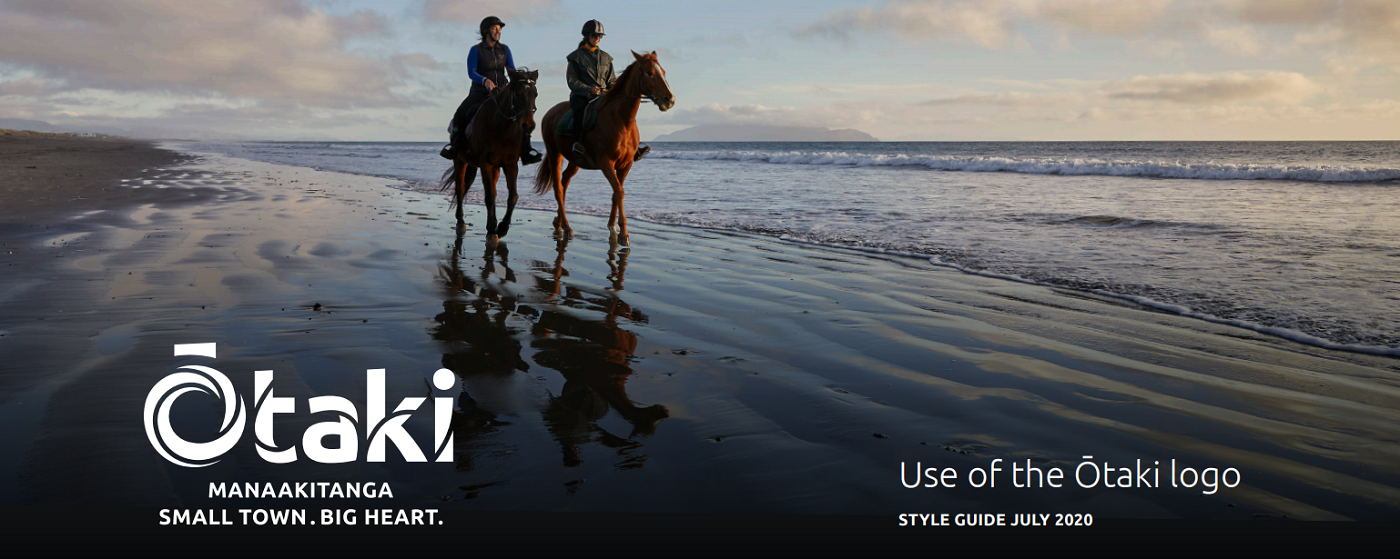A brief history of the art of soap making: Part 2
 Last month I looked at the early history of soap making. I will pick up the story with the beginnings of the industrial-scale production of soap in the 1700s.
Last month I looked at the early history of soap making. I will pick up the story with the beginnings of the industrial-scale production of soap in the 1700s.
 The soap-making reaction (saponification) forms glycerine, a natural emollient and moisturiser. With large-scale production soap manufacturers started to remove the glycerine from soap as they could sell it as valuable by-product, and often for more money than they could get for the soap. The glycerine was used to make the popular explosive of the day, dynamite (nitroglycerine). The glycerine was also used in cosmetics and moisturisers, which were in more demand after the moisturising glycerine was removed from soap!
The soap-making reaction (saponification) forms glycerine, a natural emollient and moisturiser. With large-scale production soap manufacturers started to remove the glycerine from soap as they could sell it as valuable by-product, and often for more money than they could get for the soap. The glycerine was used to make the popular explosive of the day, dynamite (nitroglycerine). The glycerine was also used in cosmetics and moisturisers, which were in more demand after the moisturising glycerine was removed from soap!
Up to this time soap had simply been poured into moulds to set. A major French innovation in the early 1700s was to force the soap through spinning steel rollers to homogenise the soap to a fine-grained consistency. It was a process referred to as milling. The milled soap was then extruded and stamped into bars.
Milled soaps are dense, long-lasting and hold their shape with use. Most mass-produced bar soaps today are ‘glycerine-removed’ milled soaps.
Driven by the rationing of oils and fats during both world wars, synthetic detergents started to replace soap. In the 1950s Unilever introduced Dove, the first syndet (synthetic detergent) bar soap. It’s a combination of palm oil and tallow (beef or mutton fat) soap with various synthetic surfactants and additives. These syndet bars were promoted with extensive emotive marketing: nearly everyone knows about the one quarter moisturizing cream in Dove, but who can name what it is?!
Liquid soaps were made during the 1800s but became more popular in the early 1900s with the introduction of a palm and olive oil soap, appropriately named Palmolive (later to become the name of the company, and eventually Colgate-Palmolive).
However, the sale of liquid hand and body washes did not take off until reliable dispenser pumps became available in the 1980s. At that time a Minnesota soap company gained a lead over its larger competitors by buying up most supplies of the pumps! This ingenious strategy created a virtual monopoly for their Softsoap® brand. It is still sold today, though like all supermarket hand and body washes it is not actually a soap but a synthetic detergent.
Bar soap is easy to manufacture and is suited to small-scale production, though production today is dominated by the multinational companies Unilever, Colgate-Palmolive, Procter & Gamble and Johnson & Johnson. Economies of scale have reduced the cost of mass-produced soap – that and the use of palm oil (sodium palmate or sodium palm kernelate being the main ingredients in most supermarket bar soaps).
Unfortunately palm oil is linked to rainforest destruction, pollution, displacement of indigenous people and worker exploitation. With forests converted to monoculture palm plantations biodiversity is reduced and the orangutan, Sumatran tiger and Borneo elephant are all being pushed closer to extinction. That cheap bar of soap at the supermarket comes at a high cost. Some companies are pledging to remove palm oil from their supply chain.
But this is often a paper promise – deadlines come and go. It is an easy way for a company to retain customer loyalty while doing nothing. In 2008 Lush said they would remove palm-derived sodium lauryl sulfate (SLS) from their soaps. Today, more than 10 years later, they are “still working on it”. The SLS synthetic detergent simply gives a bit of extra foaming and they could remove it from their soaps any time they wanted to. Meanwhile Lush proclaim on their website their support of orangutan conservation charities! This greenwashing is commonly used to expand business.
The Roundtable on Sustainable Palm Oil (RSPO) was established in 2004 to provide certified sustainable palm oil. However Greenpeace and Amnesty International have revealed that the RSPO label is no guarantee of true sustainability. A recent university study found that illegal deforestation was occurring at similar levels at both sustainable and non-sustainable palm plantations. Often the sustainable certification simply provided cover for “business as usual”.
Ultimately the answer is not to boycott palm oil as it is a highly efficient oil to produce. What is needed is genuine environmental and social sustainability.
The concern is whether our current corporate structures and economic systems can achieve this. Multinationals have corporatised sustainability and use it as part of their mass-marketing to promote the ever-increasing worldwide sales of their branded products. But true sustainability is meant to encompass small-enterprise local production and reducing demand and consumption!
Natural handcrafted artisan soaps are increasing popular. These “cold process” soaps are made without heating and so require relatively simple equipment and are suited for small-scale production. They are traditional soaps that do not have the glycerine removed. The small-scale production lends itself to the use of premium oils and creative formulation.
As always, judge a product by the ingredient list rather than any marketing hype. Take the time to learn how different oils, when saponified, create soaps with different properties. Olive oil and macadamia oil make mild moisturising soaps. Coconut oil makes a hard white bar with good cleansing properties, but too much can strip the skin of oils and be drying.
I wouldn’t buy a soap made from “vegetable oil” – if they won’t tell me what it is made from why should I buy it? Due to its expense, olive oil is unfortunately used less and less, and some soap manufacturers have transformed the descriptor “castile soap” from olive oil soap to mainly olive oil, to partly olive oil, to any plant oil (you guessed it, normally palm oil).
On the web I saw an expensive “triple-milled avocado and olive oil” gift soap. Now an avocado and olive oil soap would be truly wonderful, but the ingredient list shows it is actually made from palm and coconut oil. So it’s really a standard ‘supermarket’ soap. After ‘fragrance’ (<1%) in the ingredient list comes a few drops of olive and avocado oil, not enough to make any meaningful difference. Not so much a luxury soap as a pig with lipstick. Milling requires extensive machinery, so a milled soap will always be a mass-produced product that is unlikely to have real artisan character, or use anything but the cheaper oils.
“Triple-milled” is essentially a marketing term. Your supermarket soap is milled perfectly well. We have triple-milled soap for the same reason there are triple-distilled gins, and countless triple-action products.
The “triple” in itself doesn’t guarantee any sort of quality, but it sure sounds good. “Quadrouple” is a mouthful and it sounds like you are trying too hard, “double” sounds like you are not trying hard enough. “Triple” is the marketing goldilocks point – it’s just right.
So how will historians view our use of soap today? Perhaps it will be seen as a time of extreme corporate marketing hype. Be a discerning consumer. When the “Only Good” hand and body wash range was released in New Zealand it was promoted on its front label and on its website as 100% natural, sulphate free and sodium lauryl sulphate (SLS) free. All desirable features that one might want in a hand and body wash, and clearly ones they wanted to highlight for their product. But their main ingredient is coco sulfate, which is a synthetic sulfate detergent and is more than half SLS! So their promotional points were simply not true. And their marketing was very successful – what does that say about our consumer society?

